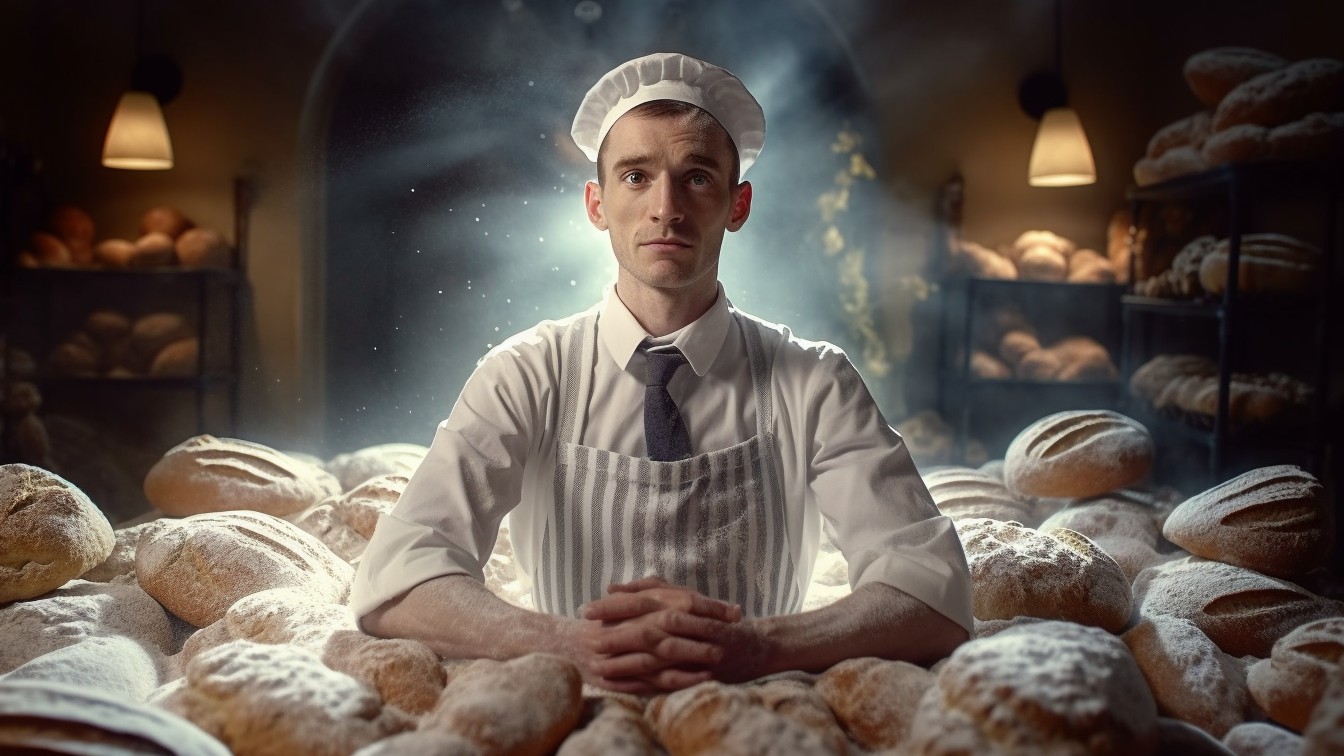
Have you been wondering how to use AI in art and design? It isn't only the direct creation of art that AI can be used for – many creatives are harnessing AI to help their creative workflow in myriad ways. In this article, we talk to some pro artists and designers who are doing just that, and get some pointers on where the possibilities and limitations lie.
Maybe, though, you hate the idea of AI and just want it to all go away. Well, we have to be honest, that's not going to happen. AI is here, and it's here to stay.
To take a few examples... ChatGPT crossed one billion users in March. A hit song, now pulled from streaming services, used AI to fake vocals from Drake and The Weeknd. Youngsters everywhere are playing with Snapchat's new AI tool. Google, Microsoft and others are racing to incorporate AI into their search engines and other software. Even Adobe's getting in on the act, launching its own 'ethical' AI art platform Firefly, which cleverly integrates with Google. (For more on AI art, see our explainer covering 'what is AI art?' and how it is made.)
How creatives use AI in art and design – and how you can use AI to augment your workflow
All this new tech offers new creative possibilities, but also threatens creatives' livelihoods. Not immediately, perhaps: even the best AI art generators are still very limited, as these weird creations show. But as the tech improves, we're rapidly getting to the point where AI art will be indistinguishable from real, human-made art. And that has inevitable consequences for jobs, particularly among artists, photographers and illustrators. (For more on this, see my article on The Future of AI Art).
However, that's only one part of the equation. Like all technological breakthroughs, AI also has the potential to cut out some of the more mind-numbing parts of our jobs, saving us time and money, and freeing us up to be more creative and imaginative. In fact, many agencies are doing so already.
In this article, we speak to some of them, and explore seven ways in which we can all leverage AI tools to augment our art and design endeavours.
01. To reduce admin
AI may be able to incredible things like paint pictures, fake photos and write articles. But right now, it's actually making a more significant difference in less glamorous areas, such as automating emails and preparing the minutes of our Zoom conferences.
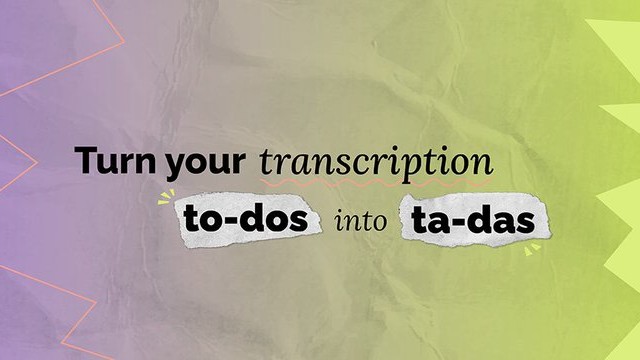
"AI is allowing creatives to work smarter and not harder," says Amy Ramage, founder, MD and creative director at Célibataire. "For example, we've been using AI apps to do jobs like taking and transcribing notes for meetings and events. Granted, these are menial tasks that aren't particularly exciting. However, doing so is opening up time and space for creatives to do the fun things: strategy, design development, and curation." Popular tools that can help with transcription include Rev and Otter.ai.
Get the Creative Bloq Newsletter
Daily design news, reviews, how-tos and more, as picked by the editors.
02. For that initial 'creative spark'
AI art generators might not be good enough for finished work (yet). But teams at agencies are finding them useful at earlier stages of the design process. "Currently, our team dabbles with the likes of Wedia.ai for image creation experimentation – ‘experimentation’ being the optimum word – and expects to use it more for wider concept generation," says Amy.
"With the number of ideas and designs we have to produce all the time, everyone gets creative block at some point," she reasons. "AI is a real asset here, as its ability to generate content can initiate that first spark. Getting some additional ideas in the mix and the team into a creative flow can’t be a bad thing. On the contrary, I think it will make designers better at what we do."
Kieran Ainsworth, senior copywriter at Krow Group, a full-service creative communications agency, says they've been taking a similar approach. "Midjourney has been fantastic when used during that idea concept stage," he reports. "It's really helped when hunting for reference images. If it doesn’t exist on Getty or Shutterstock, you can just create your own images to help sell an idea to clients like magic."
We share two of the images Krow Group have generated as part of their process here. The image at the top of this page was created for a photography style reference for a press campaign. The prompt was: "A male British baker surrounded by flour, deep in thought, portrait, breads, cakes, spotlight, cinematic, 35mm lense, f/1.8, accent lighting, global illumination, film grain --ar 3:2 --v 5."
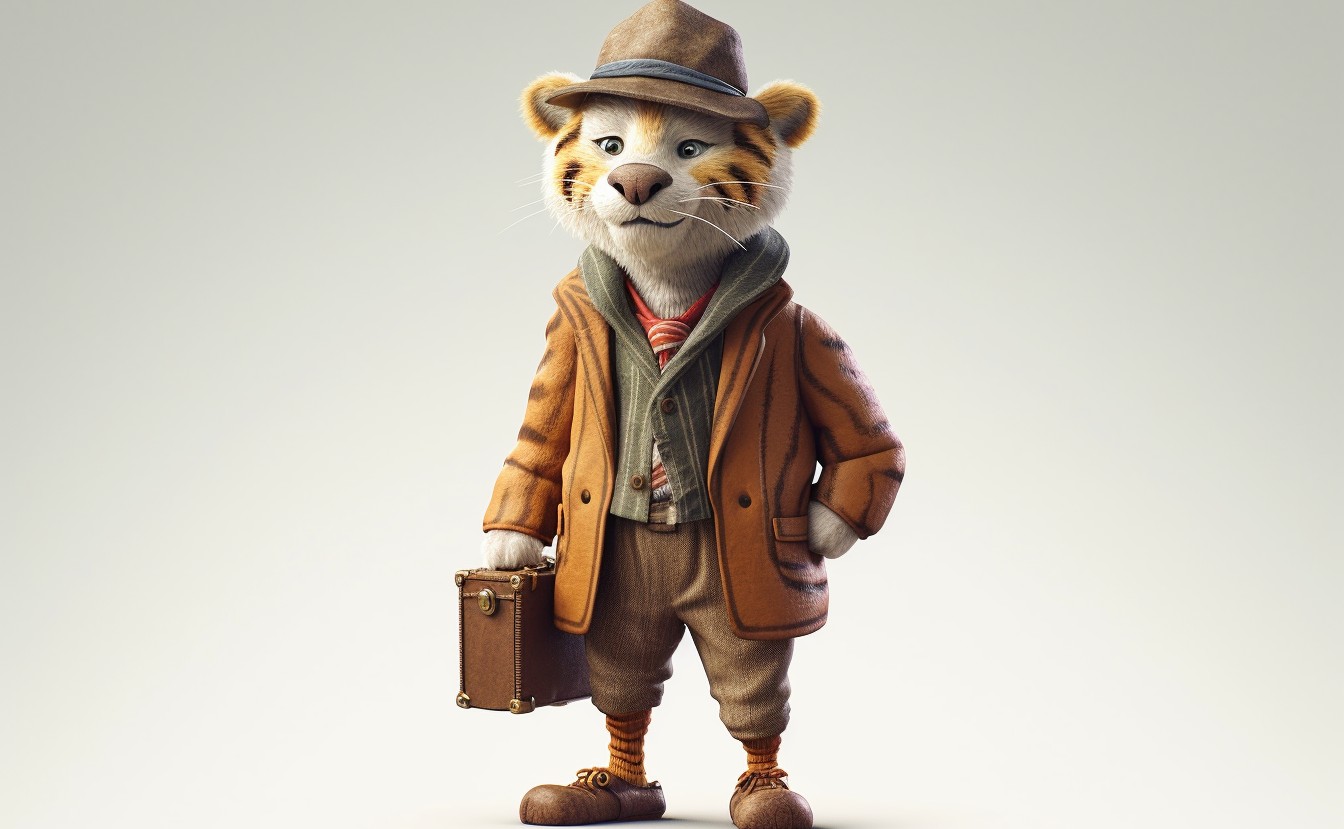
The second image, above, was created for the initial first stages of character development for a short film. The prompt was: "Prompt: a cute, friendly Bengal tiger character::5 in a bowler hat, briefcase::4 fur, textiles, textured, hand-made model, fabrics, physical materials, stop-animation, character with personality, unique personality traits, fearless, wise, quirky, whimsical::3 --ar 3:2 --v 5".
03. To purposely limit your options
While AI art is pretty basic, it's those very limitations that David Clancy-Smith, design director at brand agency Free The Birds, is leaning into. "Contrary to expectations, AI's ability to provide clichés and starting points actually fosters creativity," he points out.
"By challenging norms and prompting critical thinking, AI acts as a catalyst for divergent ideas. Designers can break free from traditional patterns and infuse familiar concepts with their unique perspectives. This interplay between familiarity and innovation results in fresh and captivating design solutions, combining AI-generated suggestions with human creative intuition."
04. To experiment with look and feel
For Dan Bacon, executive creative director at 20ten, AI is proving a useful way of trying out different visual approaches. "In our key art development for gaming and films we can quickly experiment with a colour palette or angle or lighting to see if the concept will come together before crafting the final response," he explains. "It's almost become a visual search engine of sorts, helping us to create conceptual scamps before shooting the final results.
"Across our digital work, AI also gives us more flexibility with reference boards and style frames," he adds. "It may not yet be in a place to originate, but as a tool of experimentation it's rapidly becoming something very exciting and is forming a part of the studio's toolkit, much like the staples: Photoshop, After Effects and Cinema 4D."
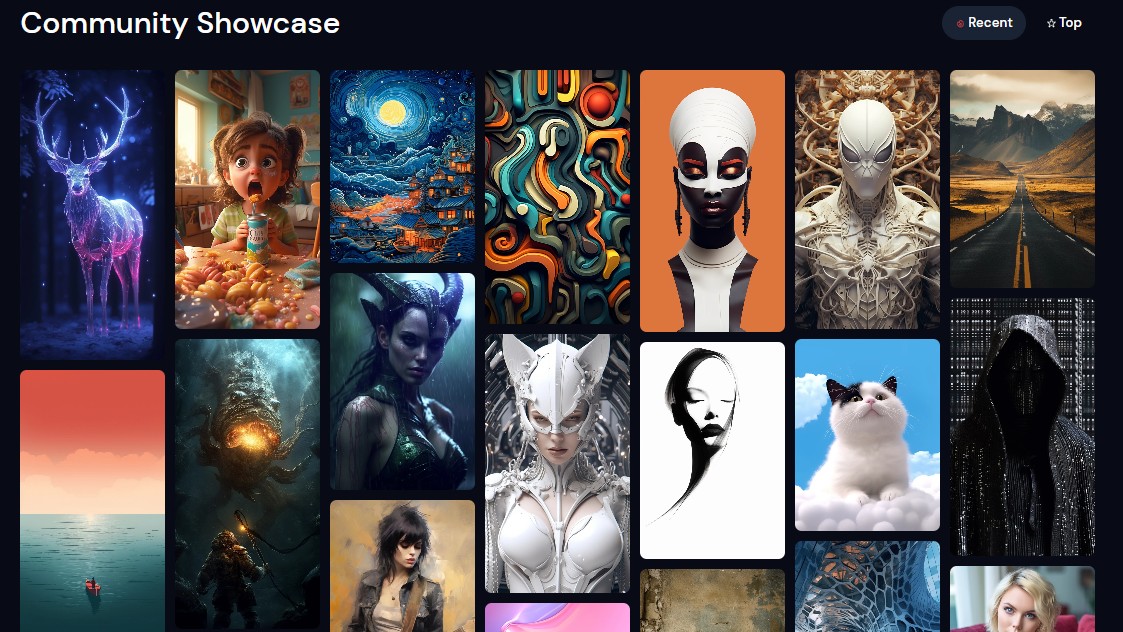
Mark Vatsel, ECD at UNIT9, tells a similar story. "AI aids us in creating visually stunning and emotionally resonant images that align perfectly with a specific brief’s look and feel, significantly reducing the time-consuming trial-and-error aspect of design," he explains. "Combined with our tech prowess, we can instantly gauge the feasibility of any solution.
"Midjourney v5 has revolutionised our creative process by serving as an efficient brainstorming partner, enabling us to generate and refine ideas at an accelerated pace," he adds. "Our entire design team is now plugged into Midjourney v5 and we’re noticing more experimentation and ideation across the board. One designer is even using ChatGPT alongside it to craft more effective prompts and get better results."
05. To generate text
On the subject of ChatGPT, which recently launched its iOS app, it's worth remembering that design is often as much about text as images. For example, it helps when you're designing a website layout to have real-world copy rather than lorem ipsum… but that can be difficult to get clients to deliver. So many designers are finding that AI generated text is a good halfway house at the prototyping stage.
Even professional copywriters are using it, although as with AI art, it's not about final copy, but more about getting you started. Kieran is one of them. "As a copywriter, I’m not going to lie – using AI scared me in a 'turkey voting for Christmas' sort of way," he admits. "But after having a play with a few different tools, I've found them useful for that initial idea generation stage when tackling creative briefs."
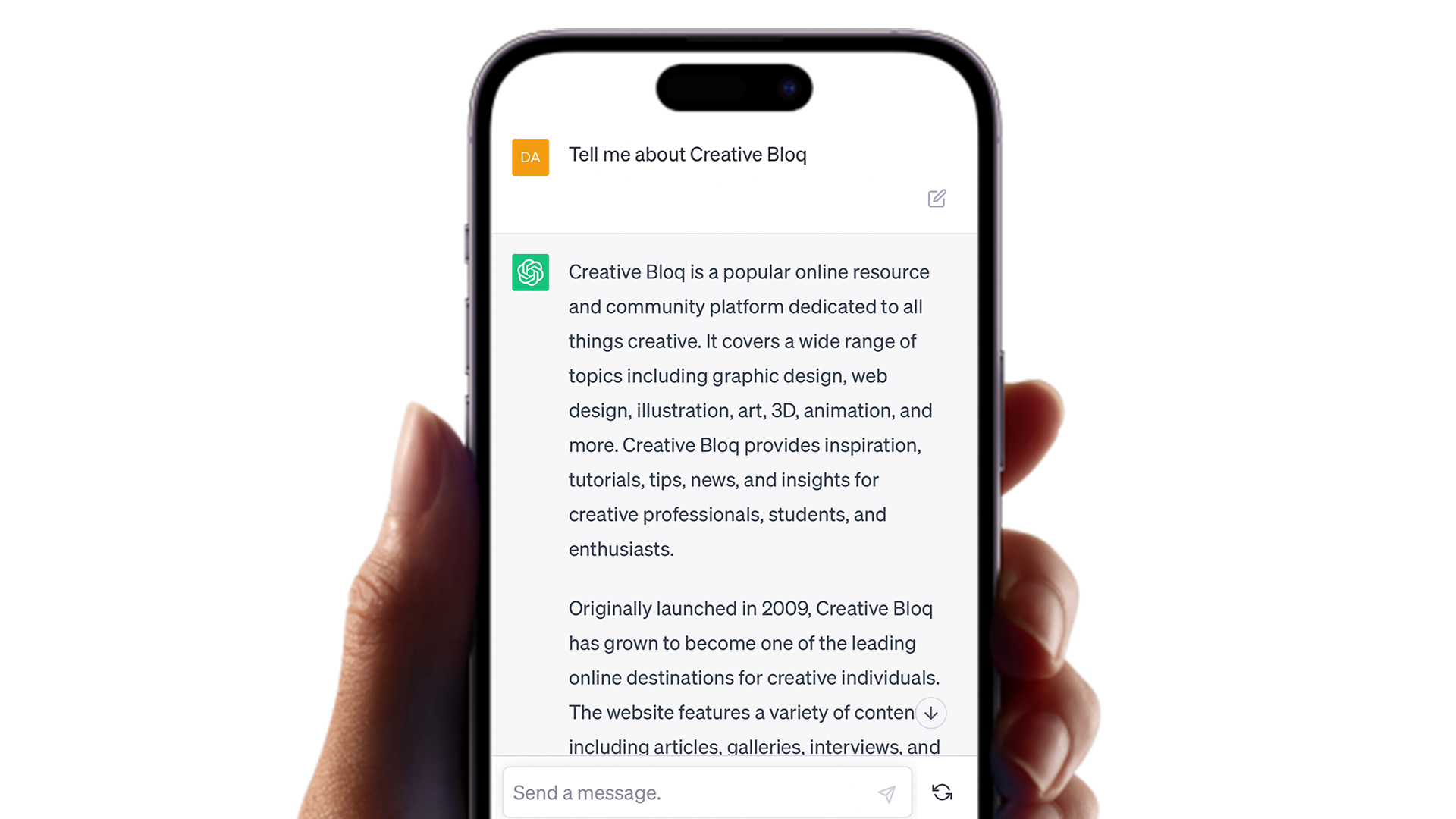
On one project, he used ChatGPT to him help shape a script with a celebrity in mind. "Not to write the actual script: I did that. But ChatGPT can rewrite your own words, acting as someone else’s tone of voice. The results are usually shockingly bad, to be honest – but you do get the odd gem of a word or phrase that you can take, play with and shape into your own script. ChatGPT has also been good for some quickfire shower thoughts on a strategy or insight when I get creative block on a Friday afternoon."
In its current form then, he sees AI as a creative friend, not foe. "Another useful tool like Word, Photoshop or Dictionary.com, if you will. But I still feel it needs that human touch to help realise the concept and deliver that authenticity and magic that only we creatives can provide."
06. To help with pitches
In 2023, we're all feeling the pressure to pitch ideas and deliver more quickly than ever. And that's another reason AI is coming into play.
“In the creative and design agency world, AI can be helpful to alleviate some of the time pressures associated with pitch dates," says Dan. "It can also give our design team some freedom to try something a little off piste, which might be crazy or might just be genius and therefore win us a pitch. So in that way, it gives us more creative freedom and opportunity."
This added capacity means they're not burning hours on trying to make a visual word, or showcase an idea perfectly, before they decide whether to go ahead with it.
"We can quickly see if the idea has merit and then confidently develop it until we have the result we want," says Dan. "The investigative and development possibilities are really powerful, but it still needs a creative brain to drive it before you get lost in the rabbit warren of making cats look like Samurai warriors and the like."
07. To mimic themselves
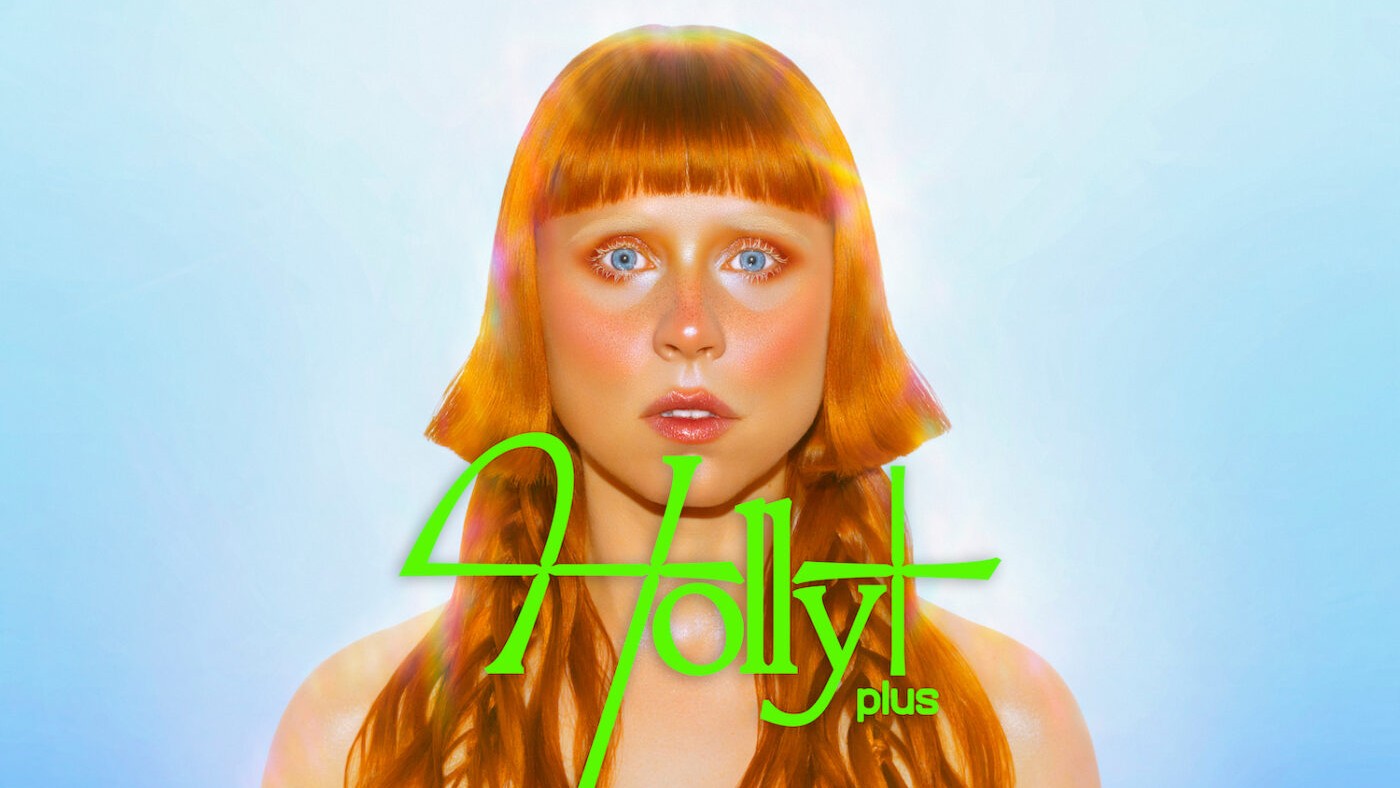
Much has been made of the way AI is being used to copy other people's work, whether that's imitating the style of painters of musicians. But on thing that's flying under the radar a little is how artists are using AI to mimic themselves.
And that doesn't surprise Helen Bellringer, associate creative director at design experience company Imagination. "The arts have always adopted technologies of the times to create era-defining genres," she points out. "Just like the electric guitar birthed rock and roll and synthesisers birthed 80s electronic music, AI will birth new artistic genres in the 2020s. And while advances in technology are usually met with some scepticism, the recent AI developments are not something artists should fear."
Artists have been using AI as a tool for a little while, she points out. "For example, American artist and composer Herndon created an AI model that was trained on her own music and voice, and output unique vocal lines for her. She named it SPAWN and it was a driving force behind one of her most celebrated albums, Proto. By weaving in the AI generated samples into her own music, she was able to output a version of her art that was distinctly her own, yet something new entirely."
This approach isn't, however, without its limitations. "To build a bespoke model trained in your visual or musical style today, you would either need a computer science degree, the right software and technology, or enough funding to commission someone with the relevant skills," she explains. "Hopefully, sooner rather than later, we’ll see developments in this space that breaks down these barriers to entry and makes AI accessible for all."
The limitations of AI
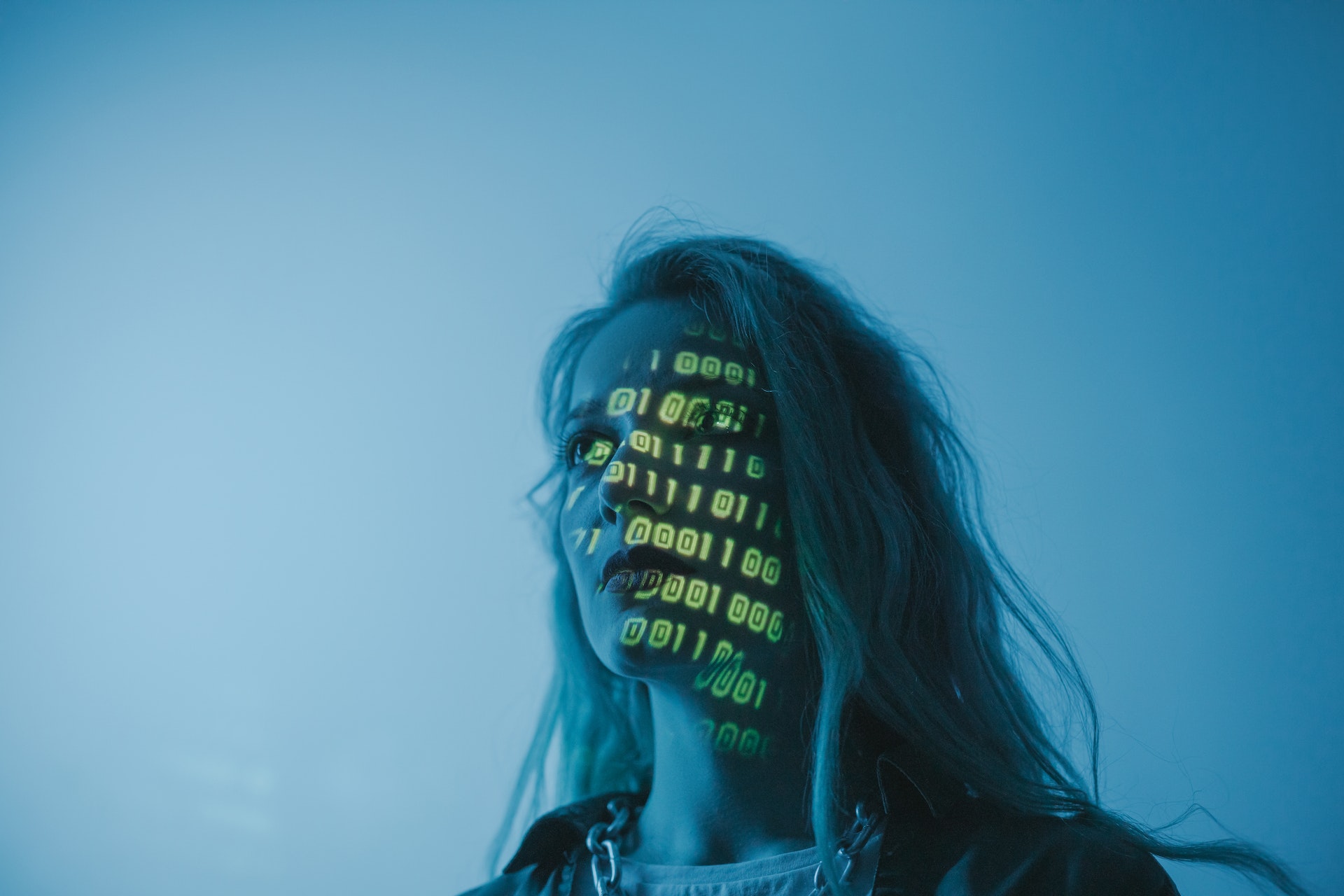
While artists and designers are finding uses for AI, we don't want to give the impression that everything in the garden is rosy. Our contributors were keen to point out that currently, AI's limitations are still pretty monumental. It doesn't yet seem to be very good at typography, for example. And that may point to a broader truth, suggests Dan.
"Taking letter forms and playing with them, crashing rules together and breaking them comes from an anarchic spirit of experimentation and instinct," he says. "And this is something that AI struggles with. Rules can be learnt and typography is littered with them; we're all taught them as we progress through our design education. But the best type breaks those rules, in ways that improves or makes a statement. How can an AI understand why one 'rule break' is successful and the other is just ugly?"
Indeed, there may a lot of design tasks that AI may never be able to do well. "AI doesn't have the power of the gut," Dan argues. "Design and creativity is a massively subjective medium and that is what makes it equally terrifying and exciting. There are campaigns, pieces of art and original concepts that are so outstanding, no one can really explain how they came to be. The best we can say is that someone somewhere just 'felt it' and our world of creativity and marketing is a richer place as a result."
He still believes AI has its uses, though. "It learns and borrows, blending trends and styles that it harvests from everywhere, so it can bring you a few unexpected results," he notes. "But these are still informed, reasoned experiments. The emotional instinct is something that is often inexplicable and therefore unlearnable for an AI. I think it is important we harness both as we move forward."

Thank you for reading 5 articles this month* Join now for unlimited access
Enjoy your first month for just £1 / $1 / €1
*Read 5 free articles per month without a subscription

Join now for unlimited access
Try first month for just £1 / $1 / €1

Tom May is an award-winning journalist and editor specialising in design, photography and technology. Author of the Amazon #1 bestseller Great TED Talks: Creativity, published by Pavilion Books, Tom was previously editor of Professional Photography magazine, associate editor at Creative Bloq, and deputy editor at net magazine. Today, he is a regular contributor to Creative Bloq and its sister sites Digital Camera World, T3.com and Tech Radar. He also writes for Creative Boom and works on content marketing projects.
